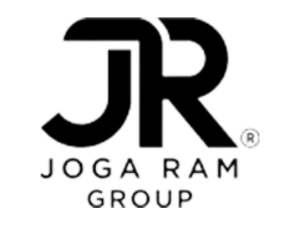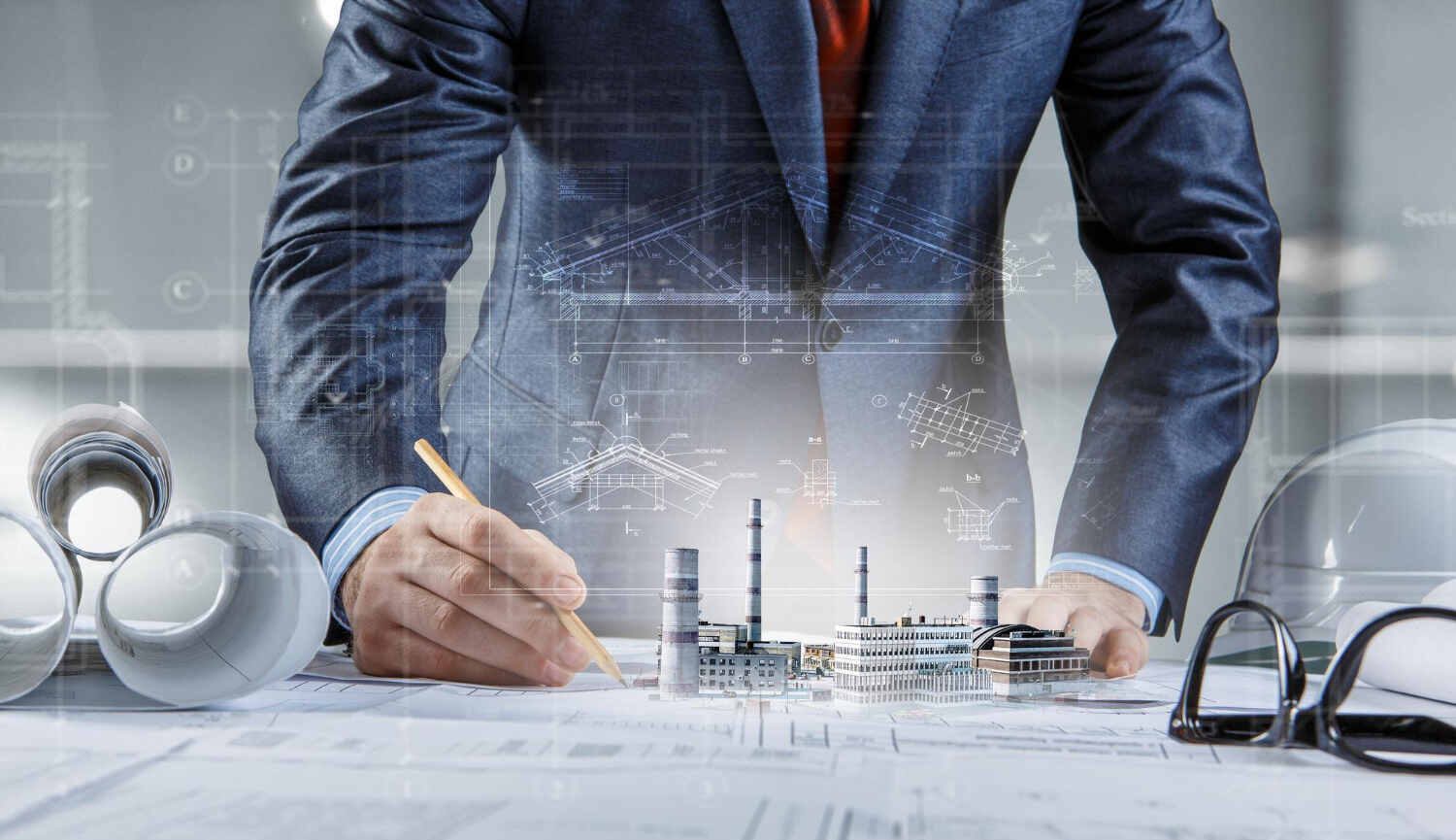In the realm of facility management, disaster preparedness and response are not just operational necessities; they are critical components that can significantly influence the resilience and sustainability of a business. The ability to effectively prepare for and respond to natural disasters, emergencies, and other unforeseen events is paramount in safeguarding both the physical assets and the people within an organization. This aspect of facility management goes beyond mere risk mitigation; it embodies a proactive approach to ensuring continuity and safety in the face of unpredictable challenges.
The recent years have seen a surge in natural disasters that have left indelible marks on businesses and communities alike. Horrific world events have highlighted the vulnerability of facilities to natural calamities. In many cases, the impact was not just physical damage to the buildings, but also significant operational disruptions, financial losses, and, most critically, threats to human safety. These incidents serve as stark reminders of why a robust disaster preparedness plan is indispensable in today’s world.
Effective Disaster Preparedness and Response Strategies.
- Developing a Disaster Preparedness Plan
Key Components of an Effective Disaster Preparedness Plan
A robust disaster preparedness plan is the cornerstone of effective facility management in times of crisis. This plan should encompass:
- Risk Assessment: Identify specific hazards that could impact your facility based on location and historical data.
- Resource Inventory: List of all resources and assets, including emergency supplies and equipment.
- Emergency Protocols: Clearly defined procedures for different types of disasters, like fires, floods, or earthquakes.
- Training and Drills: Regular training sessions and drills for staff to ensure they are prepared for emergency scenarios.
- Evacuation Plan: Detailed evacuation routes and assembly points.
- Coordination with Local Emergency Services and Authorities
- Establishing a strong relationship with local emergency services is crucial. This involves:
- Regular meetings and communication with local authorities.
- Understanding the support available from these services.
- Integrating external emergency response protocols with your internal plan.
- Establishing Communication Protocols for During and After a Disaster
Effective communication is vital during a disaster. This includes:
- A communication plan detailing how to disseminate information to employees, stakeholders, and emergency services.
- Backup communication systems, like satellite phones, in case traditional lines fail.
- Post-disaster communication strategies to inform relevant parties about the status and next steps.
- Infrastructure and Equipment Readiness
Ensuring Structural Integrity and Resilience of the Building
Structural resilience is key to minimizing damage. This requires:
- Regular structural inspections and adherence to building codes.
- Retrofitting older structures to withstand potential disasters.
- Using materials and construction techniques that enhance resilience.
- Backup Systems and Emergency Equipment
Having reliable backup systems and emergency equipment is essential:
- Installation of generators to ensure power supply during outages.
- Water pumps and flood barriers for areas prone to flooding.
- Firefighting equipment and first-aid kits strategically placed throughout the facility.
- Regular Maintenance Checks and Updates
Consistent maintenance ensures equipment functionality when needed:
- Scheduled checks and maintenance of all emergency systems.
- Regular updates to the disaster preparedness plan based on new risks or changes in the facility.
- Training staff on the use and maintenance of emergency equipment.
- Employee Safety and Evacuation Procedures
- Clear evacuation routes and procedures are critical for employee safety:
- Map out multiple evacuation routes from all areas of the building.
- Clearly mark and illuminate evacuation routes and exits.
- Regular evacuation drills to ensure everyone is familiar with the procedures.
Special Considerations for Differently-Abled Individuals
Inclusive evacuation plans must account for all employees:
– Personalized evacuation plans for employees with disabilities.
-Ensuring accessibility in evacuation routes and emergency exits.
– Training selected staff members to assist differently-abled individuals during an evacuation.
Post-Disaster Recovery and Business Continuity
In the aftermath of a disaster, effective recovery and business continuity are crucial for the resilience of any building or infrastructure. Facility management services play a pivotal role in this process.
- Steps for Assessing Damage and Beginning Recovery
Initial Assessment: Conduct a thorough inspection of the facility to assess the extent of the damage. This should be done by professionals who can safely evaluate structural integrity and essential systems.
Documentation: Document all damages with photographs and detailed notes. This is crucial for insurance claims and for planning the recovery process.
Safety First: Ensure the building is safe for entry. This might involve working with structural engineers and safety inspectors.
Prioritize Repairs: Based on the assessment, prioritize repairs to address critical areas first, such as structural damages or electrical systems.
Engage Professional Services: For specialized repairs, engage with professional contractors and service providers.
- Business Continuity Planning: Minimizing Operational Downtime
Alternative Operations Plan: Have a plan for temporary relocation or remote operations if the facility is unusable.
Critical Functions Identification: Identify and prioritize critical business functions and processes.
Employee Communication: Keep employees informed about operational status and recovery plans.
Supplier and Customer Communication: Maintain communication with suppliers and customers, informing them of the situation and expected timelines for resumption of normal operations.
Benefits of Effective Facility Management Services
Effective facility management services bring numerous benefits, enhancing the overall functionality and sustainability of a building or infrastructure.
- Resource Maintenance
Ensures the longevity and optimal performance of physical assets and infrastructure.
Regular maintenance reduces the risk of unexpected breakdowns and costly repairs.
- Comfort, Health, and Safety
Creates a comfortable, healthy, and safe environment for occupants.
Addresses issues like indoor air quality, ergonomic setups, and safety measures.
- Process Organization
Streamlines processes, leading to efficient operation and management of the facility.
Helps in organizing maintenance schedules, vendor contracts, and compliance documentation.
- Technology Integration
Incorporates the latest technology for improved efficiency and cost savings.
Includes energy management systems, automation, and smart building technologies.
Hire JR Facility Management Services for Residential and Commercial Properties
For those looking to maintain the functionality, value, and aesthetic appeal of their residential or commercial properties, JR Facility Management Services is an excellent choice. Our services ensure:
- Comprehensive maintenance and recovery solutions.
- Professional expertise in handling all aspects of facility management.
- Customized services tailored to meet the specific needs of your property.
By choosing JR Facility Management Services, you invest in the resilience and longevity of your property, ensuring it remains a safe, comfortable, and efficient space for all occupants.



